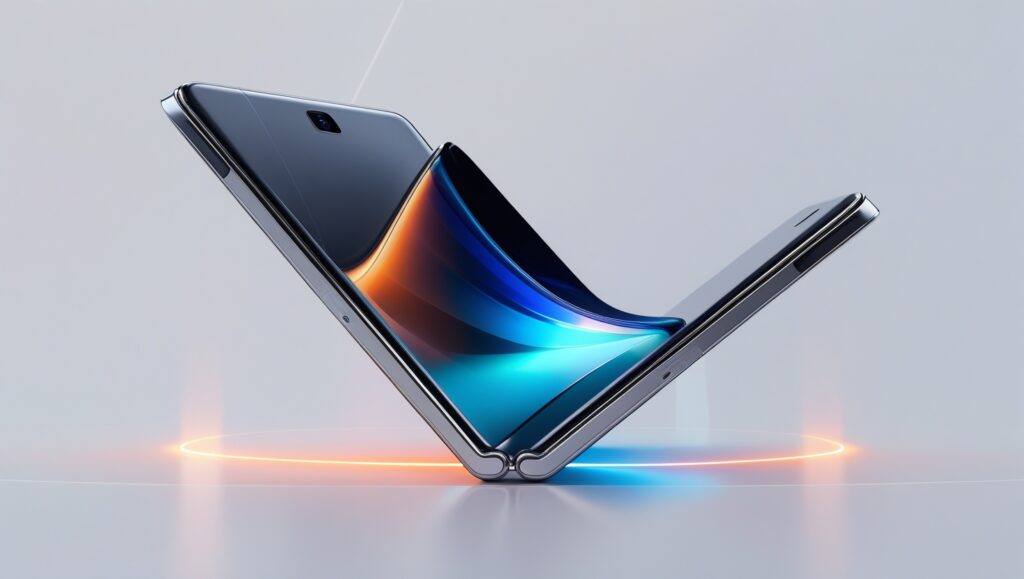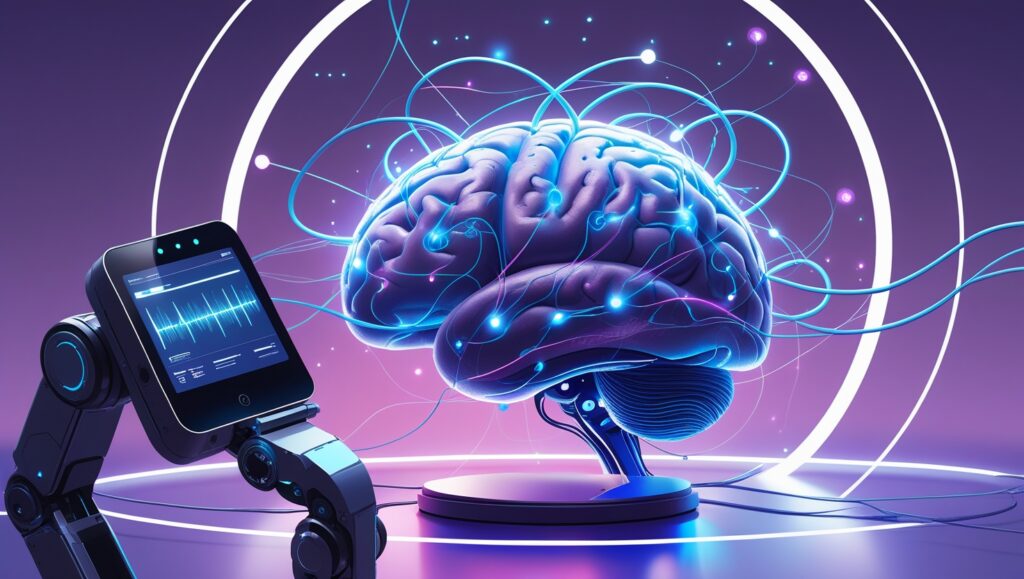As the automotive industry races toward a driverless future, Tesla has emerged as one of the most ambitious and controversial players in the field of autonomous vehicles (AVs). With its Autopilot and Full Self-Driving (FSD) systems, Tesla has promised a world where cars drive themselves with little to no human intervention. Yet, as we approach the realization of this vision, mounting safety concerns and regulatory pushback have cast a long shadow over Tesla’s autonomous ambitions.
The Evolution of Tesla’s Self-Driving Technology
Tesla’s journey toward autonomy began with Autopilot, a semi-autonomous driving system introduced in 2015. Initially offering features like lane-keeping, adaptive cruise control, and automatic lane changes, Autopilot quickly positioned Tesla as a frontrunner in the AV space. Over time, the system evolved through over-the-air software updates, incorporating features that increasingly mimicked fully autonomous behavior.
The eventual release of the Full Self-Driving (FSD) Beta program marked a turning point. Promoted as capable of navigating city streets, responding to traffic signals, and handling complex intersections, FSD Beta was a clear step toward SAE Level 4 autonomy. However, Tesla’s use of the term “Full Self-Driving” drew criticism, as the system still requires human supervision and hands on the wheel at all times.
Safety Concerns and High-Profile Accidents
Tesla’s self-driving technology has been under intense scrutiny due to a series of accidents involving Autopilot and FSD. While some incidents were caused by driver misuse or overreliance on the system, others highlighted potential flaws in the technology itself.
One of the most publicized crashes involved a Model S that failed to detect a turning truck, resulting in a fatal accident. Investigations revealed that the Autopilot system did not recognize the truck due to its white color against a bright sky. Similar incidents, including cars driving into stationary emergency vehicles, have raised questions about Tesla’s reliance on camera-only systems and rejection of LiDAR technology, which is commonly used by competitors for greater spatial awareness.
As the number of AV-related crashes rises, so too does public skepticism. According to a 2024 AAA survey, nearly 70% of Americans expressed fear of riding in a fully autonomous vehicle—a number that’s remained steady despite technological advancements.
Tesla’s Unique Approach to Autonomy
Unlike other automakers developing AVs, Tesla has taken a consumer-deployed approach to its technology. The FSD Beta program is available to everyday drivers on public roads, rather than being restricted to controlled testing environments. While this strategy allows Tesla to collect massive amounts of real-world driving data, it also raises ethical and legal concerns.
Critics argue that Tesla is effectively using the public as test subjects in an ongoing experiment with real-world consequences. The company’s practice of releasing beta versions of its FSD software to untrained consumers has led to concerns that safety is being compromised in the name of rapid innovation.
Moreover, Tesla’s data-driven machine learning models depend heavily on edge cases—rare and unpredictable driving scenarios. While this approach is powerful in theory, its effectiveness in handling real-world dangers without human oversight remains hotly debated.
The Regulatory Landscape
As Tesla pushes forward, regulators are racing to keep up. In the U.S., the National Highway Traffic Safety Administration (NHTSA) has opened numerous investigations into Tesla’s Autopilot and FSD-related crashes. Despite this scrutiny, the regulatory framework surrounding AVs remains fragmented and inconsistent.
Currently, there is no nationwide standard governing self-driving technology. States are left to create their own rules, leading to a patchwork of regulations that vary widely. While California has implemented strict oversight on autonomous testing and deployment, states like Texas have adopted a more laissez-faire approach.
Internationally, countries like Germany and China have imposed stricter requirements for AV testing and marketing. Germany, in particular, has taken issue with Tesla’s labeling of its technology as “Full Self-Driving,” arguing that it misleads consumers. Regulatory agencies across Europe have also pushed back on Tesla’s failure to implement driver monitoring systems as rigorous as those of competitors like GM’s Super Cruise.
Legal Liabilities and Insurance Implications
The question of liability in accidents involving Tesla’s self-driving cars remains murky. If an FSD-equipped vehicle causes a crash, who is responsible—the driver or Tesla? While current laws generally hold the human operator liable, this becomes problematic as AV systems assume more control.
Tesla’s End User License Agreement (EULA) explicitly states that the driver must remain alert and responsible, but this legal safeguard may not hold up in court if the technology itself is proven faulty. Several lawsuits are already in motion, with plaintiffs arguing that Tesla overpromised the capabilities of its self-driving systems, leading to unsafe use.
Insurance companies are also grappling with how to assess risk in AVs. Traditional models based on driver history may no longer apply, and new frameworks are emerging that factor in software reliability, update history, and driver engagement metrics.
Ethical Concerns: Can We Trust the Algorithm?
As Tesla’s AVs make more decisions without human input, ethical dilemmas become more pronounced. How does a machine prioritize lives in a no-win scenario? Can algorithms be trusted to handle moral decisions traditionally made by human drivers?
Tesla has largely remained silent on how its vehicles handle ethical decision-making, focusing instead on safety statistics and technical performance. However, transparency is essential. Without it, the public may remain wary of trusting their lives to software that operates in a black box.
The Future of Tesla’s Autonomous Dream
Despite the challenges, Tesla remains undeterred. Elon Musk has repeatedly stated that full autonomy is “just around the corner,” although his timelines have been consistently optimistic. Tesla continues to collect driving data from millions of vehicles worldwide, giving it a unique advantage in training its AI systems.
Yet, progress has been slower than expected. The company has missed multiple self-imposed deadlines for achieving full autonomy, and FSD Beta still requires driver supervision. These delays have not only frustrated consumers but also caught the attention of regulatory bodies concerned about exaggerated marketing claims.
Public Perception and Market Impact
Tesla’s brand is both its strength and its Achilles’ heel. While many admire the company’s bold vision, others criticize what they see as reckless overconfidence. Consumer Reports, the Insurance Institute for Highway Safety (IIHS), and even some former Tesla engineers have voiced concerns about the current state of FSD.
In the marketplace, Tesla faces growing competition from legacy automakers and startups alike. Companies like Waymo, Cruise, and Mercedes-Benz have taken more cautious, safety-focused approaches to autonomy—often using LiDAR, HD maps, and extensive simulation testing. These rivals may not move as fast as Tesla, but they are gaining credibility with regulators and investors.
Still, Tesla retains a loyal fanbase and continues to lead in EV sales. The company’s ability to iterate rapidly via software updates remains unmatched, and any major breakthrough in autonomy could redefine the entire automotive sector.
Potential Regulatory Shifts on the Horizon
As self-driving cars become more common, regulatory frameworks will evolve. There is growing momentum for establishing federal AV standards in the United States. Lawmakers are considering requirements for transparency, driver monitoring, and standardized safety metrics.
Tesla may eventually be forced to adopt more robust driver monitoring systems—possibly incorporating eye-tracking or biometric sensors—to ensure that users remain engaged. Additionally, regulators could demand that companies disclose more information about how AVs make decisions and handle critical scenarios.
Another likely development is the creation of a liability framework that shifts some responsibility from drivers to manufacturers when AV systems are engaged. Such changes would dramatically alter the legal landscape and force Tesla to rethink its disclaimers and marketing strategies.
A Turning Point for Autonomous Vehicles
The story of Tesla’s self-driving technology is emblematic of the broader tension between innovation and regulation. On one hand, Tesla is pushing the boundaries of what’s technologically possible, collecting unparalleled data and deploying systems faster than anyone else. On the other hand, the lack of regulatory guardrails and public transparency has created significant risks.
Whether Tesla ultimately leads the way to a fully autonomous future or serves as a cautionary tale depends largely on how it navigates the regulatory minefield ahead. The next few years will be critical in determining the trajectory not only of Tesla but of the AV industry as a whole.
Conclusion: Innovation vs. Responsibility
Tesla’s pursuit of autonomy embodies both the promise and peril of rapid technological advancement. While its cars inch closer to full self-driving capabilities, the surrounding ecosystem—laws, ethics, safety standards—has yet to catch up.
Regulators, consumers, and competitors are all watching closely. Tesla must now prove not only that its technology works but that it can be trusted. The path forward will require more than engineering prowess; it will demand transparency, accountability, and a willingness to adapt.
Until then, Tesla’s self-driving cars remain as much a symbol of the future as they are a lightning rod for controversy in the present.



